I’ve been benchmarking my livestock enterprises now for 12 years and the experiences over that period have built up a detailed picture of the future direction for this farm.
However, there isn’t much of a link between the financial results of said exercise, and the actual pathway for the years ahead.
In truth, the biggest driver is how the various systems fit together because when you’re part of a one-man-band, there are limitations in your farming methods and there have to be compromises and sacrificial areas across the whole spectrum.
For example, benchmarking tells me that upping stocking density should raise my output and make me a better and more efficient operator.
But what happens if I’m busy with a hundred extra sheep (dosing, shifting, moving electric fences, etc) and am told that 16,000 chicks will arrive in three weeks?
For the next while, sheep and cattle may have to do without quite so much tender loving care and will find themselves inspected from a distance and at considerable speed. That’s just one illustration of the need for some slack in the system.
Guilty
In addition, I have (at times) been guilty of placing too much credence on the benchmarking results. When I started recording all this data, I remember getting far too focused on meal fed per ewe, with my aim to get concentrate levels down to 50kg/head.
Body condition and milk yield also tend to be the sacrificial lambs (no pun intended) in this situation
On one occasion, I just about managed to hit this target, but I found it to be false economy. Too many lambs spent far too long on farm, and there was a knock-on effect with a lack of grass for pregnant sheep in the late autumn/early winter months.
Body condition and milk yield also tend to be the sacrificial lambs (no pun intended) in this situation. On a point of interest, this year’s figure was a whopping 104kg – mostly due to drought conditions in May and June and the subsequent lack of grass for finishing lambs.
System
And then there’s the accuracy, or interpretation of, the benchmarking for your farm.
I completely accept that the people at CAFRE who have to compute my data must stick to a tried and tested system.
However, if you had a good year finishing beef, but you haven’t bought in any cattle to replace those sold, this causes problems with closing valuations.
Technically accurate perhaps, but try telling the average farmer that putting cattle into £400 more than you paid for them (in a low-input system) is losing money and they’ll laugh at you
So, a working example would be my black bullocks: bought for £972, sold for £1370, but showing a net loss of £122. Technically accurate perhaps, but try telling the average farmer that putting cattle into £400 more than you paid for them (in a low-input system) is losing money and they’ll laugh at you.
I am not blaming anyone for this anomaly, except myself – it’s just the way the results have fallen this year.
Heifers v sheep
Comparison between the dairy heifers and the sheep isn’t quite as straightforward as first glance would suggest either.
I’m pretty sure the gross margin per head for the heifers (£508) is for a 16-month period, whereas the ewes (£88) are calculated on an annual (ie 12-month) spell. Therefore, the cattle are throwing up a slightly inflated statistic, and may not be as far ahead of the ewes as I thought.
Consistent
Probably the most fascinating and reliable fact from over 10 years of benchmarking is highlighted by the sheep. Assuming you are running a fairly consistent flock size and managing to a similar level of commitment and dedication, the overwhelming take-home message is the link between lamb price and profitability.
Perhaps that is (to some extent) stating the obvious, but strong prices translate into higher margins, and poor prices equal lower margins. Bad weather, and the associated increase in fertiliser and/or concentrate usage will certainly have a negative effect, but not as much as you might think.
An overall study (long-term) of results can certainly be useful in determining farm direction, but I have to admit that, at this stage in my career, I place greater importance on finding a system that makes a few quid as well as a far more vital commodity – how much satisfaction you get from it.
Read more
Farmer Writes: lesson learned from my sheep BDG
Farmer Writes: hiccups with the contract heifers
I’ve been benchmarking my livestock enterprises now for 12 years and the experiences over that period have built up a detailed picture of the future direction for this farm.
However, there isn’t much of a link between the financial results of said exercise, and the actual pathway for the years ahead.
In truth, the biggest driver is how the various systems fit together because when you’re part of a one-man-band, there are limitations in your farming methods and there have to be compromises and sacrificial areas across the whole spectrum.
For example, benchmarking tells me that upping stocking density should raise my output and make me a better and more efficient operator.
But what happens if I’m busy with a hundred extra sheep (dosing, shifting, moving electric fences, etc) and am told that 16,000 chicks will arrive in three weeks?
For the next while, sheep and cattle may have to do without quite so much tender loving care and will find themselves inspected from a distance and at considerable speed. That’s just one illustration of the need for some slack in the system.
Guilty
In addition, I have (at times) been guilty of placing too much credence on the benchmarking results. When I started recording all this data, I remember getting far too focused on meal fed per ewe, with my aim to get concentrate levels down to 50kg/head.
Body condition and milk yield also tend to be the sacrificial lambs (no pun intended) in this situation
On one occasion, I just about managed to hit this target, but I found it to be false economy. Too many lambs spent far too long on farm, and there was a knock-on effect with a lack of grass for pregnant sheep in the late autumn/early winter months.
Body condition and milk yield also tend to be the sacrificial lambs (no pun intended) in this situation. On a point of interest, this year’s figure was a whopping 104kg – mostly due to drought conditions in May and June and the subsequent lack of grass for finishing lambs.
System
And then there’s the accuracy, or interpretation of, the benchmarking for your farm.
I completely accept that the people at CAFRE who have to compute my data must stick to a tried and tested system.
However, if you had a good year finishing beef, but you haven’t bought in any cattle to replace those sold, this causes problems with closing valuations.
Technically accurate perhaps, but try telling the average farmer that putting cattle into £400 more than you paid for them (in a low-input system) is losing money and they’ll laugh at you
So, a working example would be my black bullocks: bought for £972, sold for £1370, but showing a net loss of £122. Technically accurate perhaps, but try telling the average farmer that putting cattle into £400 more than you paid for them (in a low-input system) is losing money and they’ll laugh at you.
I am not blaming anyone for this anomaly, except myself – it’s just the way the results have fallen this year.
Heifers v sheep
Comparison between the dairy heifers and the sheep isn’t quite as straightforward as first glance would suggest either.
I’m pretty sure the gross margin per head for the heifers (£508) is for a 16-month period, whereas the ewes (£88) are calculated on an annual (ie 12-month) spell. Therefore, the cattle are throwing up a slightly inflated statistic, and may not be as far ahead of the ewes as I thought.
Consistent
Probably the most fascinating and reliable fact from over 10 years of benchmarking is highlighted by the sheep. Assuming you are running a fairly consistent flock size and managing to a similar level of commitment and dedication, the overwhelming take-home message is the link between lamb price and profitability.
Perhaps that is (to some extent) stating the obvious, but strong prices translate into higher margins, and poor prices equal lower margins. Bad weather, and the associated increase in fertiliser and/or concentrate usage will certainly have a negative effect, but not as much as you might think.
An overall study (long-term) of results can certainly be useful in determining farm direction, but I have to admit that, at this stage in my career, I place greater importance on finding a system that makes a few quid as well as a far more vital commodity – how much satisfaction you get from it.
Read more
Farmer Writes: lesson learned from my sheep BDG
Farmer Writes: hiccups with the contract heifers




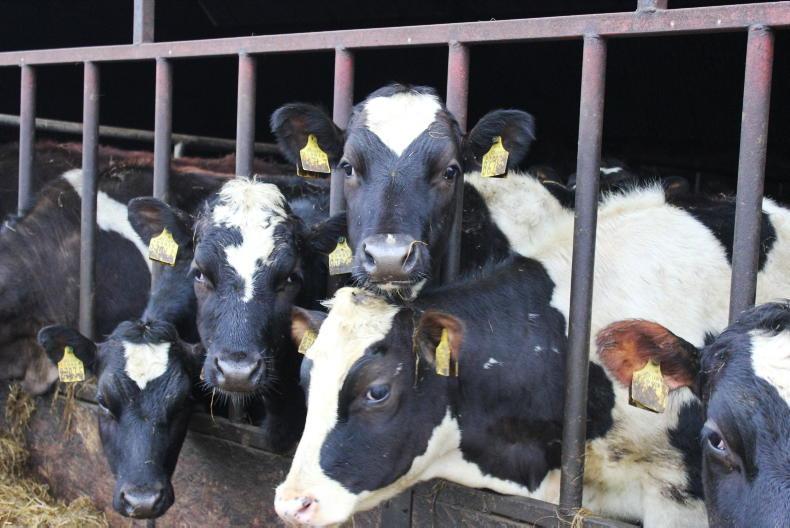
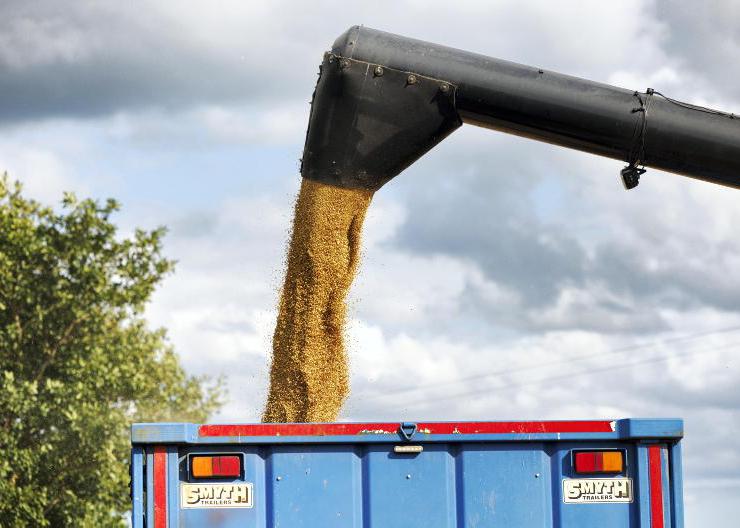

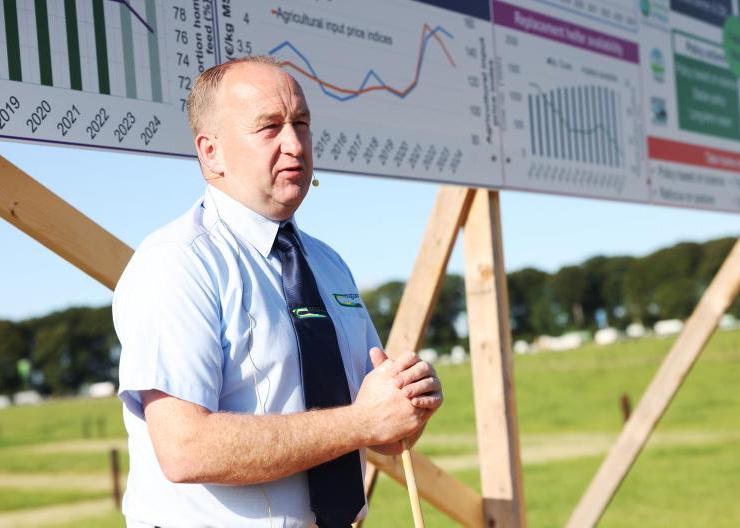
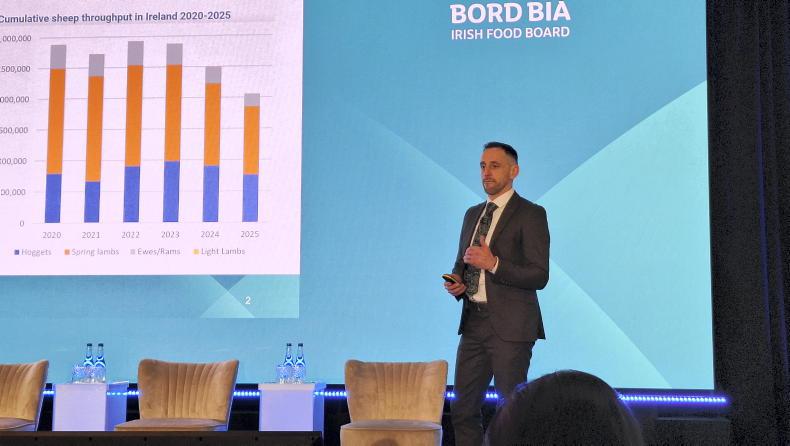
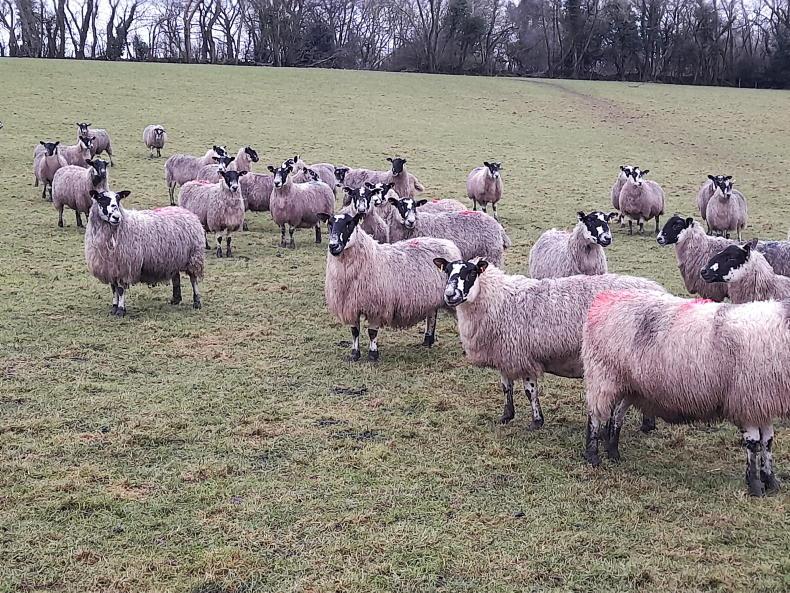
SHARING OPTIONS